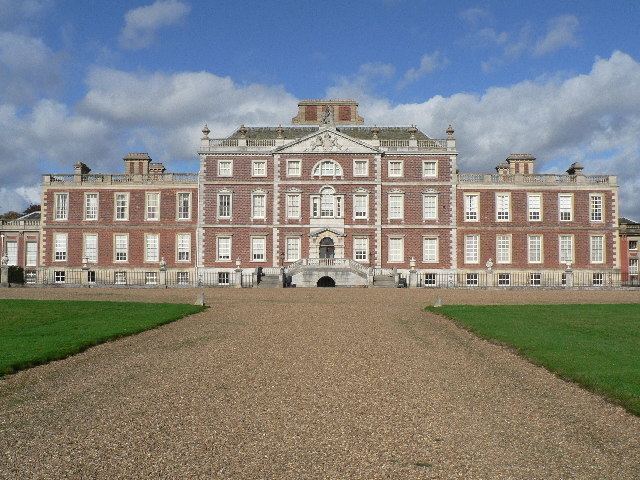Nationality English Name Henry Flitcroft | Occupation Architect Role Architect | |
 | ||
Born 30 August 1697 ( 1697-08-30 ) probably Hampton Court Buildings Wentworth WoodhouseWoburn AbbeySt. Giles-in-the-fields Structures Wentworth Woodhouse, King Alfred's Tower, St Giles in the Fields Similar People John Carr, James Stuart, John Soane, Alfred the Great | ||
Henry Flitcroft (30 August 1697 – 25 February 1769) was a major English architect in the second generation of Palladianism. He came from a simple background: his father was a labourer in the gardens at Hampton Court and he began as a joiner by trade. Working as a carpenter at Burlington House, he fell from a scaffold and broke his leg. While he was recuperating, the young Lord Burlington noticed his talent with the pencil, and by 1720 Flitcroft was Burlington's draughtsman and general architectural assistant, surveying at Westminster School for Burlington's dormitory, and superintending at the site at Tottenham House. Working life in the inner circle that was driving the new Palladian architecture was an education for Flitcroft.
Flitcroft redrew for publication the drawings for The Designs of Mr. Inigo Jones, published by William Kent in 1727, under Burlington's patronage and supervision. In May 1726 Burlington got his protege an appointment at the Office of Works, where he worked his way up from Master Carpenter and Master Mason to Comptroller of the King's Works, a prestigious position at the top of the architectural field. Royal commissions came his way in the form of some private projects for junior members of the British Royal Family; namely the Duke of Cumberland. His work for the Duke at Windsor Great Park included creating the Virginia Water Lake.
Flitcroft's hands were constantly occupied with private commissions and, like most professional architects (and unlike virtuoso earls), he did some speculative construction in new-building London streets, supplied stone, and contracted to erect the buildings he was designing.
Major commissions
Flitcroft built extensively in the West End of London.
